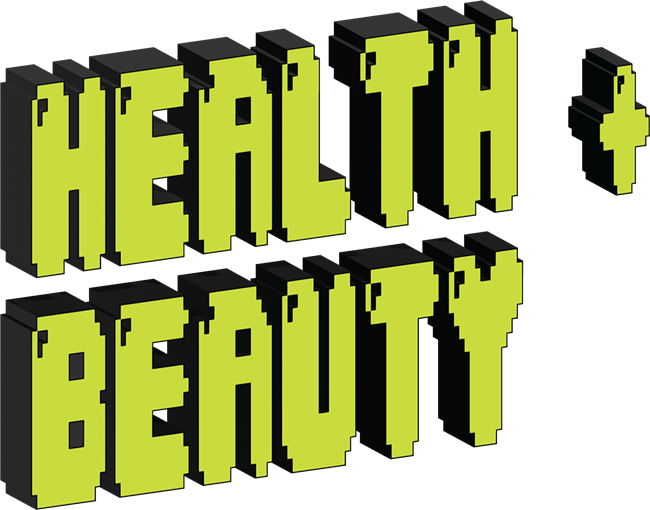
Experts Explain What’s Behind the Link
The hair care model Olaplex eradicated an component regarded as lilial from its well-known No. 3 Hair Perfector item following an EU ban on the chemical. European regulators cited study in animals suggesting that lilial, commonly utilised as a fragrance, could bring about infertility troubles.
The news unfold throughout social media this 7 days with customers apprehensive that the item they’ve been applying in their hair could have been negatively affecting their reproductive well being. But professionals who spoke to Now say that the science on lilial (butylphenyl methylpropional) is a small much more sophisticated than that.
“In September 2020, the EU regulatory authority announced their intent to have butylphenyl methylpropional normally referred to as ‘lilial’ phased out by March of 2022. At Olaplex, lilial was earlier used in tiny quantities as a fragrance in No. 3 Hair Perfector. It is not an active or useful ingredient,” the business advised Currently in a statement.
So, with out lilial, your new bottle of No. 3 could odor a small different, but it really should perform just as it normally has, Kelly Dobos, a cosmetic chemist and former president of the Modern society of Cosmetic Chemists, told Nowadays.
Lilial is just just one component of the fragrances utilized in cosmetics. “You’ll generally see it pulled out on a label simply because it also can be an allergen to some people,” she explained. And although it may contribute to the over-all sensory practical experience of employing a product, it’s not anything that’s integral to the way the solution functions.
“Whilst this period-out is minimal to the EU, out of an abundance of caution, Olaplex proactively eradicated lilial from our No. 3 Hair Perfector globally,” the company’s statement continued. “Considering the fact that January 2022, Olaplex no for a longer period offered goods employing lilial in the United kingdom or EU.”
Pursuing the release of a 2019 report from the Scientific Committee on Shopper Security, EU officers introduced a ban on lilial in cosmetic merchandise in 2020, which would take result March 1, 2022. The safety report located that male and female rats that experienced been fed lilial showed some reproductive toxicity outcomes.
So the data have been out there for a couple of yrs now. But that March deadline is most likely why it is obtaining so much awareness now, Victoria Fu, a cosmetic chemist and co-founder of Chemist Confessions, instructed Right now. Although the ban only impacts solutions in the EU, Olapex is using lilial out of its solutions around the globe.
Nonetheless, the scientific tests in the report did not demonstrate that lilial can result in fertility concerns in human beings all of the information on reproductive toxicity was done in animal models, Fu and Dobos said. And the lilial doses used in rats in the report are “incredibly high,” Fu spelled out. (The rats have been uncovered 5 to 50 milligrams of lilial per kilogram of their overall body bodyweight for each working day, based on the examine.)
Also, in these experiments, the rats were fed lilial, which is most likely to guide to a higher level of absorption than applying a item on the pores and skin or hair — particularly a products that you rinse off, according to Fu and Dobos.
Animal versions like these are a very useful tool in sussing out opportunity harmful effects of substances, specially in the context of reproductive health, Fu reported, because ethically, “we definitely never want to get started validating that in human beings.” At the exact same time, however, know that the animal designs here are certainly not a “one to a single translation” to individuals, she reported.
It can be also critical to maintain in head that this is not just about Olaplex: In that SCCS report, the get worried is not about a one product with a large focus of lilial but fairly the prospective outcomes from working with several household and cosmetic products and solutions that incorporate this ingredient in little amounts, Dr. Evan Rieder, an assistant professor in the Ronald O. Perelman Department of Dermatology at NYU Grossman School of Medicine, explained to Now.
“It appears to be like the worry is a lot more when these items are utilised in combination,” he stated, “which is seriously tough to quantify.”
Dobos explained the use of lilial in other fragrance items, like air fresheners, might really be a bigger worry than its use in rinse-out hair products and solutions. “You unquestionably would not want that component to be employed in a element of fragrance for one thing that you may possibly ingest,” she reported. Family goods like all those usually really don’t listing the individual items of a fragrance and only just say “fragrance,” Dobos extra, which can make it much more hard to avoid specific compounds.
In normal, the EU tends to choose a far more precautionary technique to banning components like these in beauty products than the Foodstuff and Drug Administration in the U.S., Rieder reported, adding that it is a “clever way to be listening to the general inhabitants and guarding that maternal-fetal setting” just in case. (Which is not to say that the Fda is just not very careful about these matters, Dobos famous. It is really just a different technique.)
Whilst it’s not unreasonable to want to stage this component out, the authorities Now spoke to say this news shouldn’t be a big lead to for stress for any person who’s been employing Olaplex.
If you occur to have some Olaplex No. 3 that continue to incorporates lilial, Dobos (an Olaplex user herself) doesn’t “see wonderful concern” in ending that bottle, specifically understanding that the reformulation is previously underway.
“We definitely will not want men and women to head straight to the doctor and come to feel like, ‘Oh my gosh, I have generally been poisoned,'” Fu said. “It can be additional that we discover convenience in the point they are seeking at all these compounds and seeking to consider a a lot more conservative tactic.”




